Cocoa butter is a popular ingredient in both the food and cosmetic industries. It is extracted from the beans of the cacao tree(Theobroma cacao) and is known for its rich, nourishing properties. Organic deodorized cocoa butter is a specific variety popular among producers of natural care products and artisan soap makers. This variant retains the beneficial properties of cocoa butter, but without the characteristic chocolatey smell. This makes it ideally suited for applications where fragrance neutrality is desired, such as in scented cosmetics or soaps with added essential oils.
What is organic deodorized cocoa butter?
Organic deodorized cocoa butter is produced with respect for the environment and people. The cocoa beans come from organic cultivation, which means that no synthetic pesticides or fertilizers have been used. After pressing the cocoa beans, the butter is deodorized through a steam process or other mild method suitable for organic processing. This process removes the natural odor of cocoa without the use of chemical solvents. The result is a creamy, odorless butter with a light yellow to white color that is particularly versatile in cosmetic formulations.
Benefits of cocoa butter for the skin
Cocoa butter is an emollient: it softens and protects the skin. It is rich in saturated fatty acids such as stearic, palmitic and oleic acids, which help restore the skin barrier and retain moisture. It also contains natural antioxidants, such as vitamin E and polyphenols, which can help protect the skin from free radicals and premature aging.
The creamy texture of cocoa butter also makes it pleasant to use. It melts at body temperature, making it easy to apply to the skin. This makes it a popular ingredient in body butters, lip balms, hand creams and massage bars.
Why choose the deodorized cocoa butter variety?
Although the natural scent of cocoa butter is considered pleasant by many, it does not always fit into every product. For example, consider a cream with a delicate lavender scent or a soap with citrus and herbal extracts: the scent of cocoa could conflict with these. Deodorized cocoa butter then offers a perfect alternative. You benefit from all the caring advantages, but without odor interference. Moreover, the final scent of your product remains purer and more predictable.
For formulations in which fragrance plays a central role – such as perfume creams, aromatherapy products or luxury handmade soaps – deodorized cocoa butter is a valuable base. Especially when combined with essential oils or fragrance combinations such as floral, herbal, or fruit notes, it ensures a harmonious end result.
Application in natural cosmetics
In the natural cosmetics industry, there is a growing demand for multifunctional, plant-based ingredients of organic origin. Deodorized cocoa butter fits this perfectly. Thanks to its solid consistency, it is suitable as a base for a wide range of products. You can find it in such products as:
- Body butters: along with other butters (such as shea butter) and oils, it forms a rich, nourishing care for dry skin.
- Lip balms: it protects against dehydration and gives a pleasant smoothness.
- Facial creams: in small amounts, it provides a full texture and nourishes the skin intensely without feeling too greasy.
- Massage bars: thanks to its low melting point, it melts gently on the skin when touched, ideal for a luxurious spa experience.
- Deodorants and balms: it helps thicken and care for skin in sensitive areas.
Use in soap making
Cocoa butter is also a favorite ingredient among artisan soapmakers. It increases the hardness of soap and produces a stable, creamy lather. In cold process soap, it provides a silky texture and a nurturing feel after washing. Because it has a soothing effect, it is particularly suitable for soaps intended for sensitive or dry skin.
The deodorized variety is ideal when working with scented additives. In soap, fragrance often comes through only subtly; a strong cocoa scent can then easily overpower other scents. Deodorized cocoa butter makes room for the creativity of the soap maker, who can experiment with scent combinations without the influence of the base ingredient.
Sustainability and ethics of organic cocoa butter
Using organic and sustainably produced cocoa butter contributes to a more ethical and environmentally friendly cosmetics industry. By choosing organic deodorized fair trade cocoa butter, you are supporting small-scale farmers who work using sustainable methods. This form of production helps preserve biodiversity and supports local communities.
Organic deodorized cocoa butter is a valuable raw material for both professional producers and hobbyists in the world of natural cosmetics and soap. It offers all the benefits of classic cocoa butter – nutrition, protection, softness – but with a neutral fragrance that leaves room for creative scent combinations. An indispensable ingredient for those who want to make skin-friendly, fragrant and sustainable products.
Characteristics of organic cocoa butter
Herewith the properties of organic deodorized cocoa butter:
| Feature | Description |
|---|---|
| What is it? | Vegetable butter obtained from organically grown cocoa beans, deodorized by steam. |
| Usage quantity in soap | 5-15% of total fats. |
| Usage quantity in skin care | 2-20%, depending on the type of product. |
| Usage quantity in hair care | 1-10%, especially in masks and leave-in products. |
| Used in well-known products | Lip balms, body butters, Lush massage bars, The Body Shop body creams. |
| Advantages in formulations | Conditioning, softening, protects against moisture loss, improves texture. |
| Amount of free radicals | None, but helps protect against free radical damage. |
| Amount of antioxidants | High, contains vitamin E and polyphenols. |
| Amount of anti-inflammatories | Moderate, natural fatty acids soothe the skin. |
| Amount of fatty acids | Rich in stearic acid, palmitic acid and oleic acid (saturated fats). |
| INCI | Theobroma Cacao (Cocoa) Seed Butter |
| Saponification value (NaOH) | About 0.137 |
| Saponification value (KOH) | Approximately 0.192 |
| CAS number | 8002-31-1 |
| EINECS number | 232-299-0 |
| Customs tariff HS code | 18040000 (may vary slightly from country to country) |
| How is it harvested? | Cocoa beans are harvested by hand from the pods of the cocoa tree. |
| Production method | Mechanical pressing followed by steam deodorization. |
| What is the production process? | Fermenting beans, drying, grinding, pressing into butter, steaming to deodorize. |
| Color | Pale yellow to ivory white. |
| Viscosity | Semi-solid at room temperature, melts at skin temperature. |
| Provenance | Mainly West Africa, Central America and parts of Asia. |
| Fragrance | Neutral to slightly nutty, no chocolate smell. |
| Absorption rate | Moderate to slow, leaves a nourishing film on the skin. |
| Estimated melting temperature | Between 30°C and 35°C. |
| Comparable oils/fats | Shea butter, mango butter, illipe butter. |
| Storage and shelf life | Store cool, dry and dark; shelf life up to 2-3 years. |

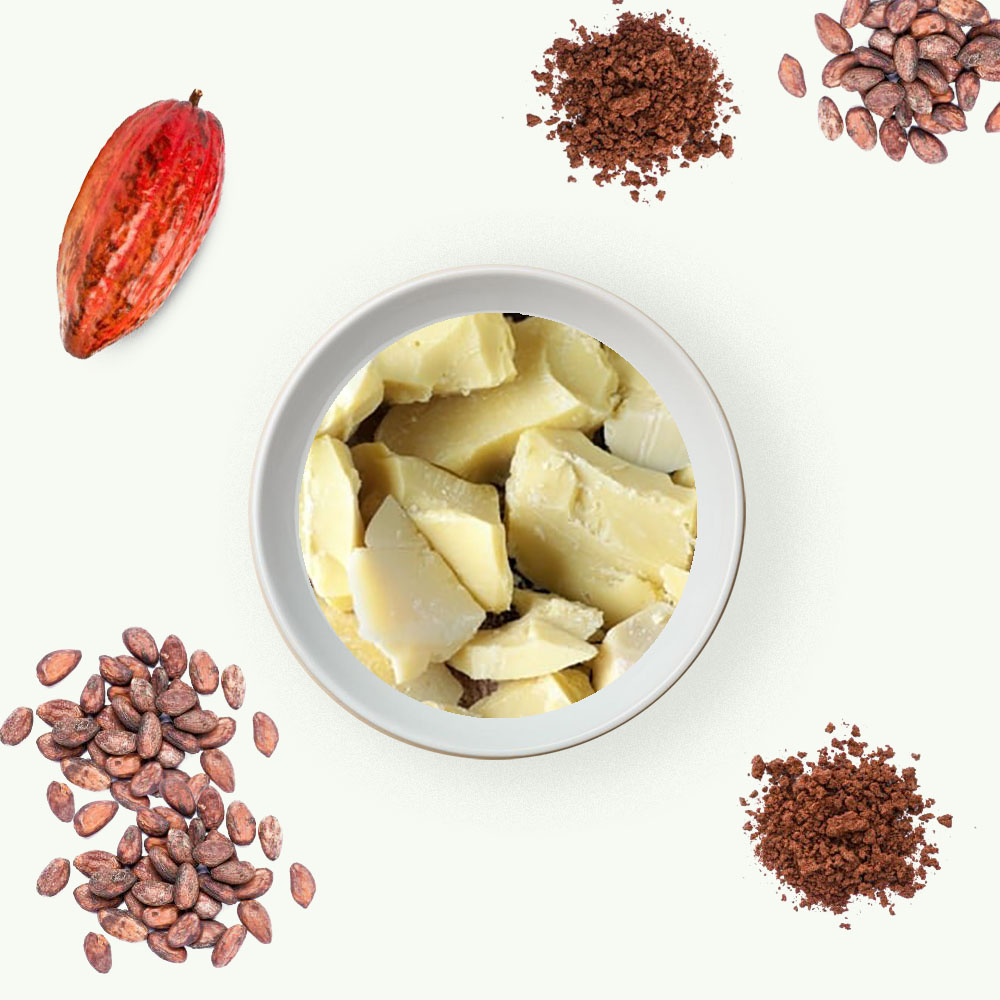

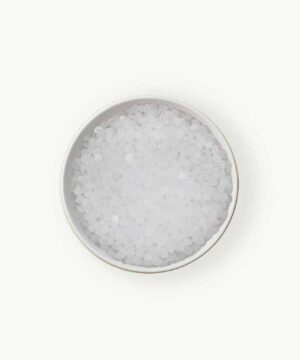
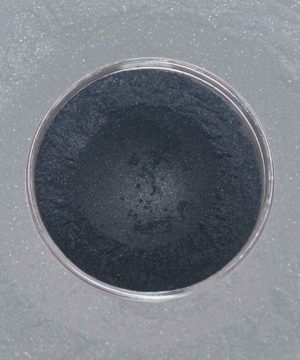
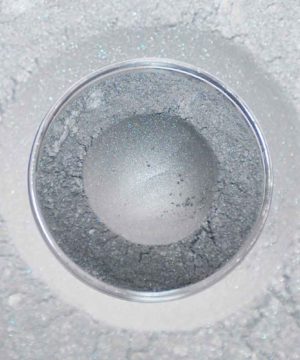
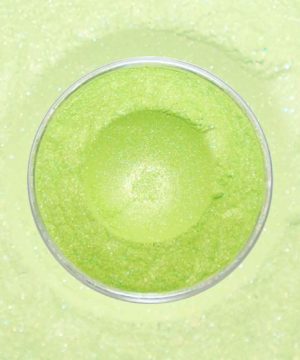
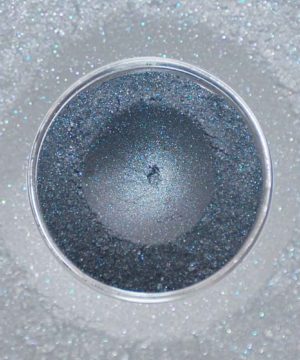
Reviews
There are no reviews yet.